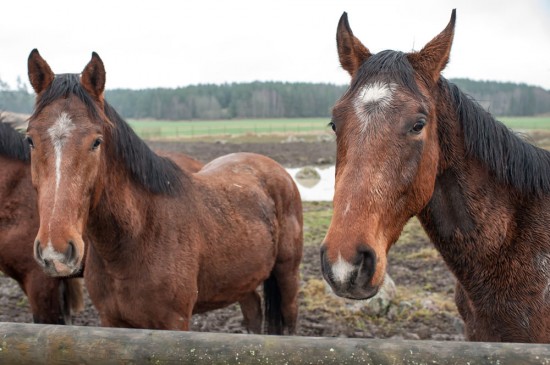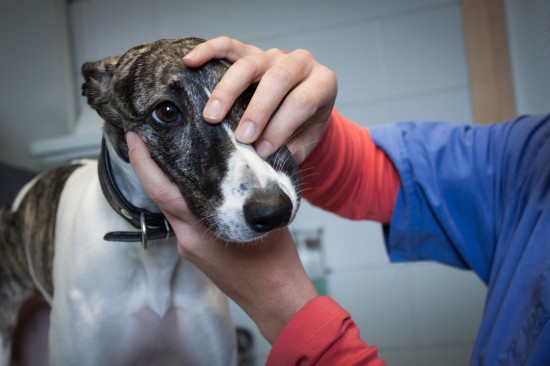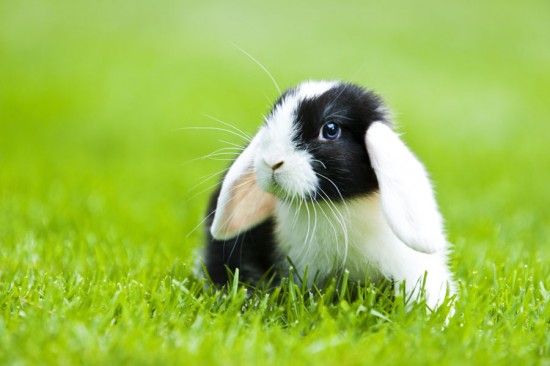
Sometimes, a discussion about probiotics and microbials can become very scientific and hard to read not to mention understand. This is, however, an attempt to explain the benefits of probiotics and microbials for cats and dogs in a manner that can be easily understood. There may be some latin names of bacteria which are even difficult to pronounce but these terms are sometimes necessary. Please bear with me.
This whole field of probiotics and microbials was brought to the attention of the scentific world by a Russian biologist by the name of Eli Metchnikoff just after the turn of the century of 1900 when he found that certain Bulgarian and Russian citizens were living longer as a result of their eating large amounts of fermented milk products. It has, also, been noted over the years that animals that have been fed good, natural yeast in their diets were healthier than those which were not given this item.
So, as a result of these findings, scientists felt that by combining the benefits of the lactic-acid producing bacteria from the fermented milk products and the healthier condition of the animals that were fed food that contained good yeast, maybe this combination could be an extremely beneficial product for animals.
Well guess what. This product of the combination of these two products mentioned earlier in this writing did come to the attention of the general public a couple of decades or so ago but not for animals. Human beings were the first benefactors of this product. We the people have been reading about and, in fact, feeling the beneficial effects of probiotics and microbials, as they are called now, for quite some time. Some people cannot enjoy a healthy, happy life without taking them.
OK. So much for a little bit of the history of probiotics and microbials.
Now let's discuss the benefits of this fantastic product. In our digestive tract and the digestive tract of all our pets, be they show dogs or a cuddly pussy cat, are good bacteria and bad bacteria. The pathogenic or bad bacteria grows three times as fast as the good bacteria does.
If there is nothing done to control the levels of bad bacteria, it just makes sense that the bad bacteria will take over and create poor levels of health, in the best case scenario to serious diseases in our dogs and cats in the more dire situations.
How will probiotics and microbials help our dogs and cats on a long term basis? The first benefit that is apparent is that microbials and probiotics maintain the digestive tract itself so that the vital nutrients from the good food that is being fed to our pets can be absorbed to oppose the growth of bad bacteria and in that way fight the pathogenic bacteria on arrival.
Secondly, lactic acid producing bacteria, the one used in the good probiotics and microbial products, secretes hydrogen peroxide that creates a condition that is unfavorable to bad bacteria. It has been documented that lactic acid producing bacteria fight the likes of E. Coli, Samonella, Staphlococcus aureus and clostridium perfringens. This will help to control diarrhea-causing bacteria in new born and young animals. Also, it has been shown that good bacteria ie lactic acid producing bacteria, has long term benficial effects in ensuring higher immunity levels against pathogenic bacteria thus helping to restrict their growth in the digestive tract.
Thirdly, all puppies and kittens are born with no bacteria, good or bad, in their digestive tracts. Since, as stated previously, bad bacteria grows 3 times as fast as good bacteria, does it not make sense to help these tiny, helpless creatures to fight off the bad influences of the rapid growth of bad bacteria and help them get started with a better chance of survival by providing microbials at the time of birth.
Following that line, as our pets become more mature, it makes sense to me that maintaining the digestive tract of our older pets will help in vital nutrient absorption to ensure health and vitality and may help fight against things like bloat and arthritis.
Our pets, especially dogs and cats, are constantly evolving throughout their short lives. It starts with the birth and growth stages, then on to the maturity stage which brings them to the prime of their lives which is all too short. They, then, begin to show their age and if we are lucky, we have them until they are around 10 years old. Through every stage, they require the ability to absorb every bit of vital nutrients that we are feeding them so that they can advance to the next stage in a happy and healthy fashion. Only we can do that for them for they cannot do it for themselves.
A question that pops into ones mind is that if human beings have been using probiotics and microbials for decades, why is there such a variance in products, quality of products as well as trepidation regarding probiotics and microbials being directly fed to our pets? Well the answer is simply this. The products that are used for human consumption are tested and controlled by the governments of the countries. There is no concern about what can go wrong. However, even with these checks and balances, the system has had some foibles.
Since our pets are only animals, there have been no systems put in place to ensure the testing of content and quality of product. It is certainly, as I have stated in another article, “caveat emptor', buyer beware. It is up to us, as responsible care givers, to ensure our pet dogs and kitties are getting what is said to be in the jar as stated on the label. How can that be done? That is a topic for another time. But I will leave you with one final word of help, Fastrack!
Our dogs and cats have no choice over the homes that they are born or placed into. We, as responsible care givers, need to be educated into how we can do it better and how we can provide our pets with tail-wagging and purring lives.
 How To Deal With Mud Rash And Rain Scald In Your Horse Or Pony
How To Deal With
How To Deal With Mud Rash And Rain Scald In Your Horse Or Pony
How To Deal With
 Lumps And Growths In The Mouth Of The Dog
Lumps And Growths
Lumps And Growths In The Mouth Of The Dog
Lumps And Growths
 The Known Factors That Contribute To Canine Temperament And Behaviour
The Known Factors
The Known Factors That Contribute To Canine Temperament And Behaviour
The Known Factors
 Rabbit Insurance - Do I Need To Insure My Rabbit?
Rabbit Insurance
Rabbit Insurance - Do I Need To Insure My Rabbit?
Rabbit Insurance
 How Do Pets Deal With The Loss Of A Limb?
How Do Pets Deal
How Do Pets Deal With The Loss Of A Limb?
How Do Pets Deal
Copyright © 2005-2016 Pet Information All Rights Reserved
Contact us: www162date@outlook.com